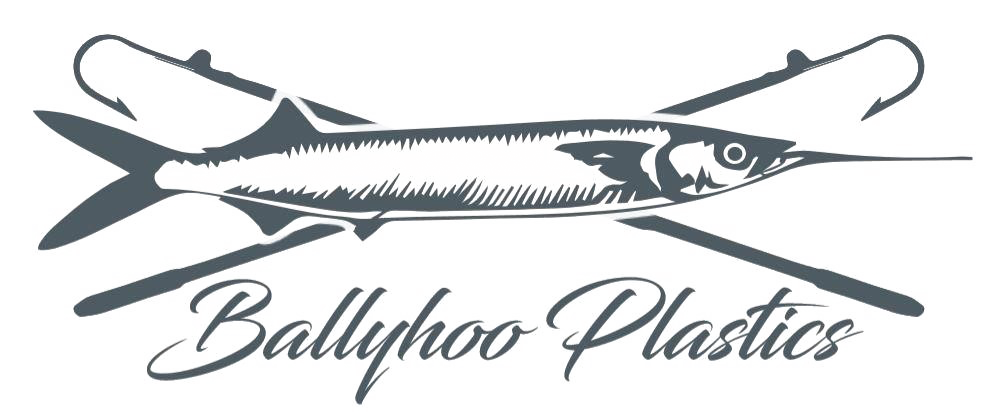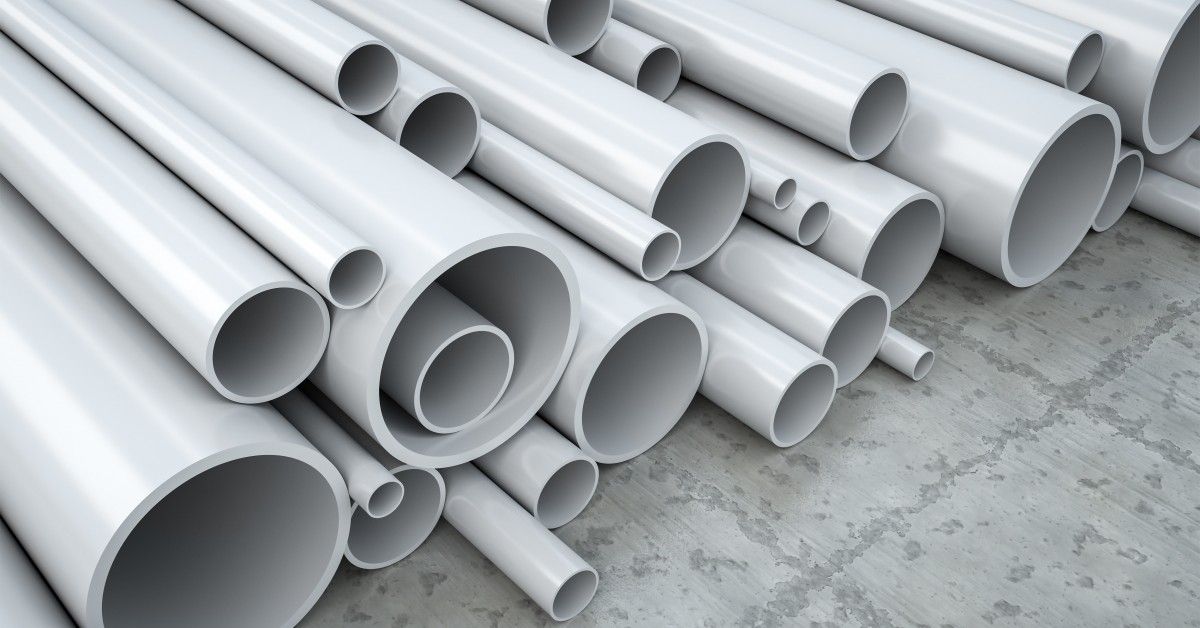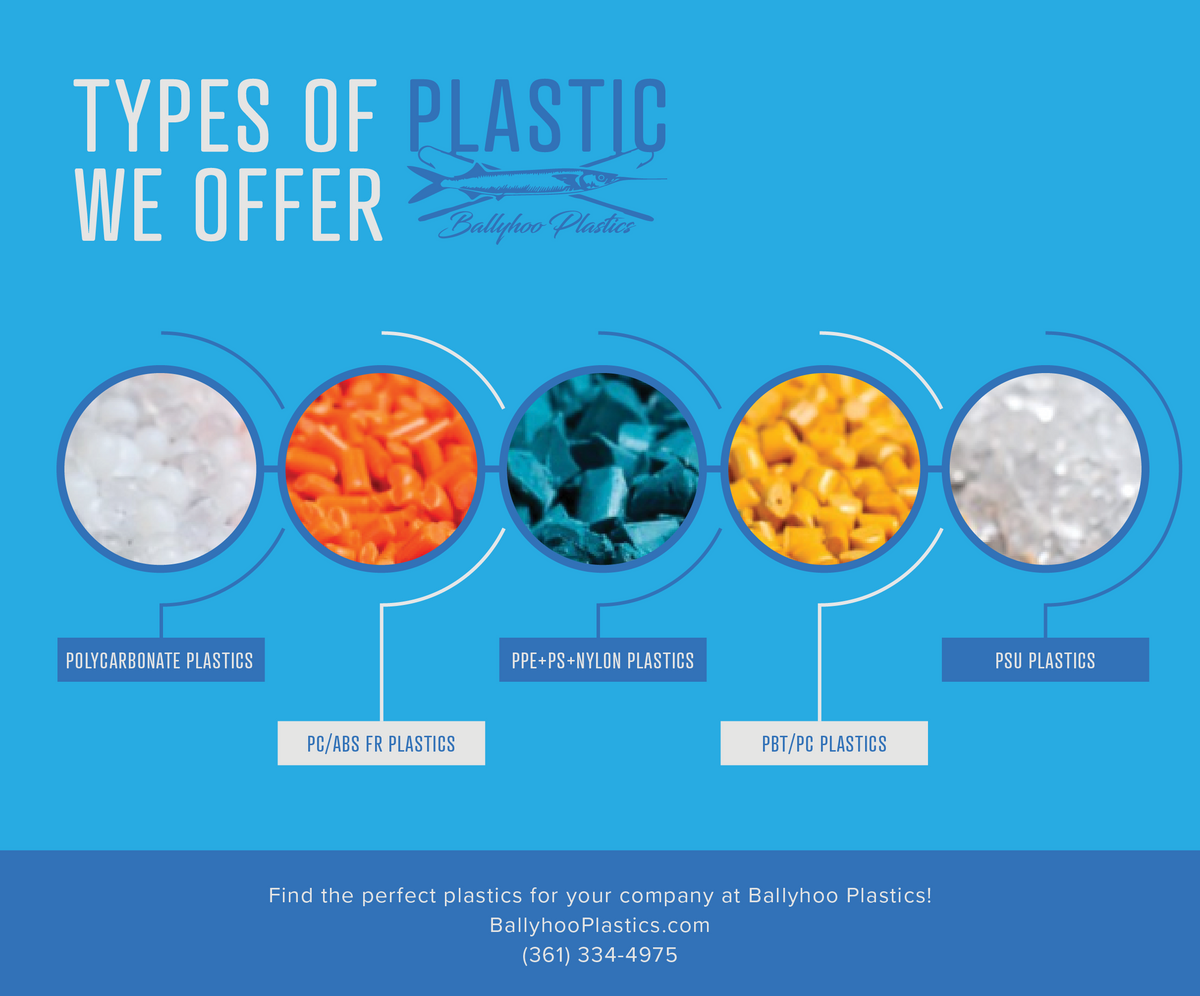Plastic revolutionized the world as we knew it when it was first introduced in the early 20th century. Since then, humans have used plastic for just about everything. From food storage to components for advanced technology, plastics have given us many useful things since they were invented. However, did you know that there are several different kinds of plastics, all with their own benefits and disadvantages depending on which application you were planning on using them? In today’s blog, Ballyhoo Plastics, the providers of the best plastic pellets around, will be going over the most common types of plastics as well as their most common uses in the world today.
Polycarbonate Plastics
One of the most readily available plastics, polycarbonate, or PC plastic, is used in many different ways. PC plastic is tough, incredibly stable, and clear, which makes it a perfect replacement for glass when a more durable product is needed. In fact, PC is around 250 times stronger than glass, which makes this plastic one of the most popular options for engineering applications. One of the biggest advantages of polycarbonate plastic is that it has a lot of design flexibility. Unlike glass or other plastics, PC plastic can be cut without the need of pre-forming or fabrication. PC plastic is easy to work with, which helps make this plastic one of the most common forms of plastic in just about any form.
Products that use polycarbonate plastic:
DVDs
Sunglasses
Riot gear
Clear panels for greenhouses
Outdoor signs



